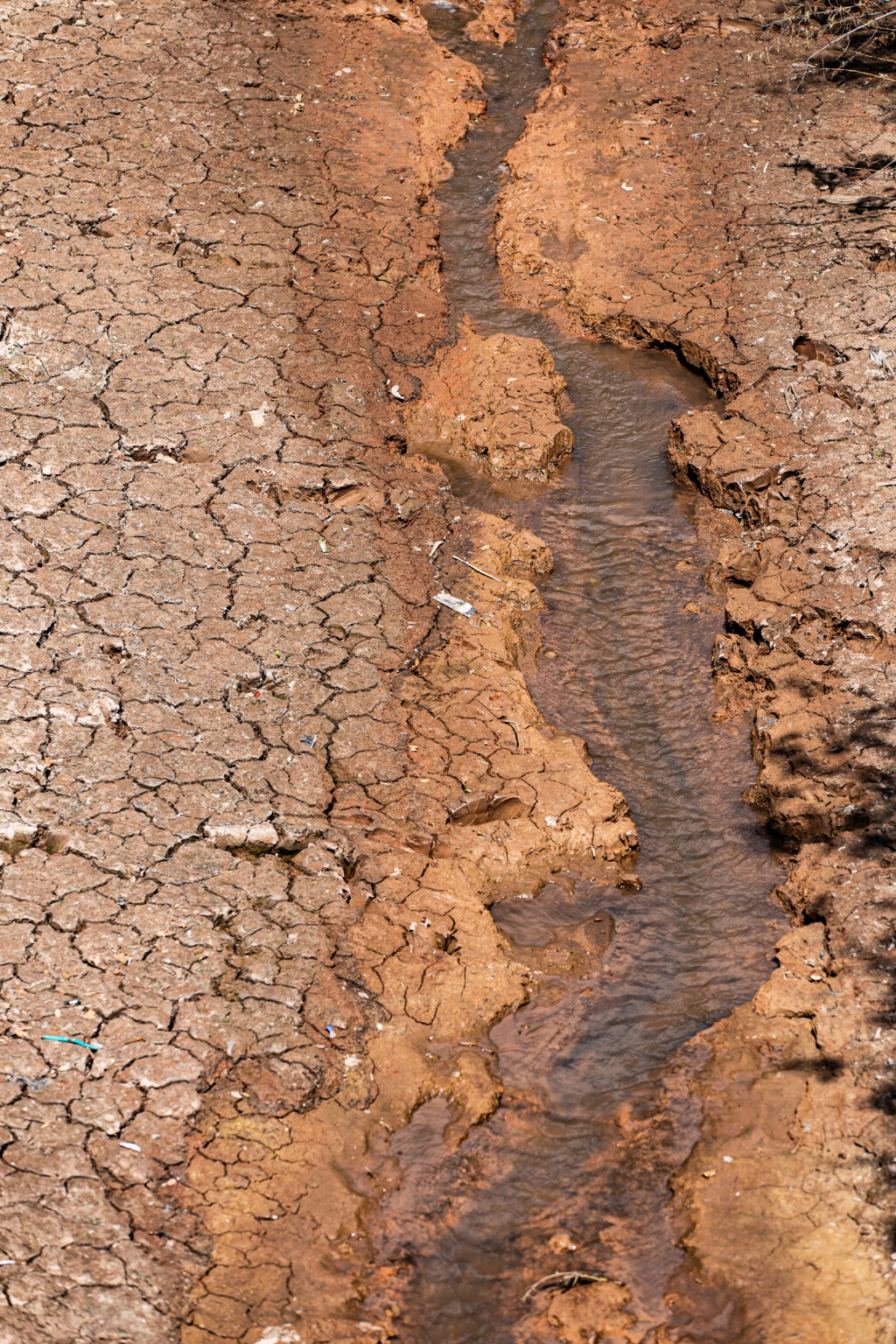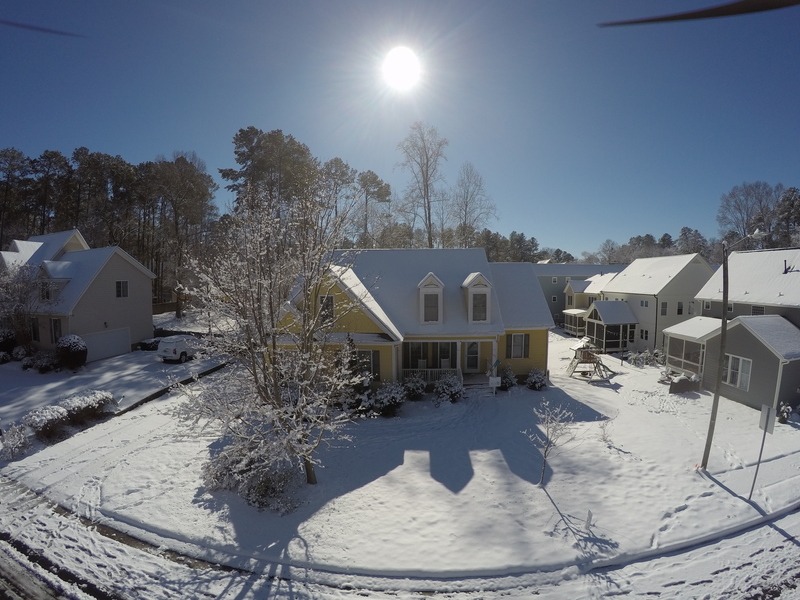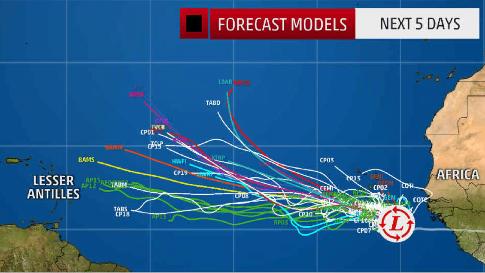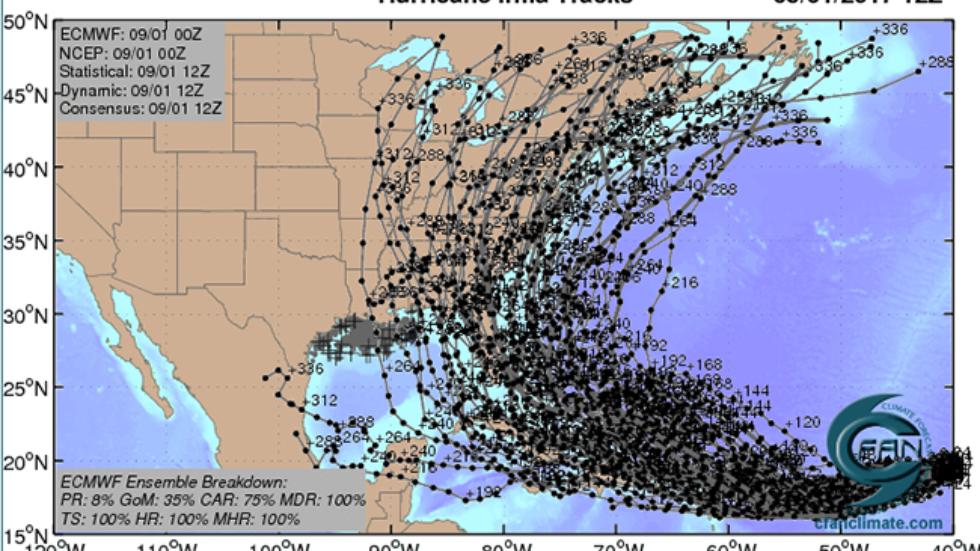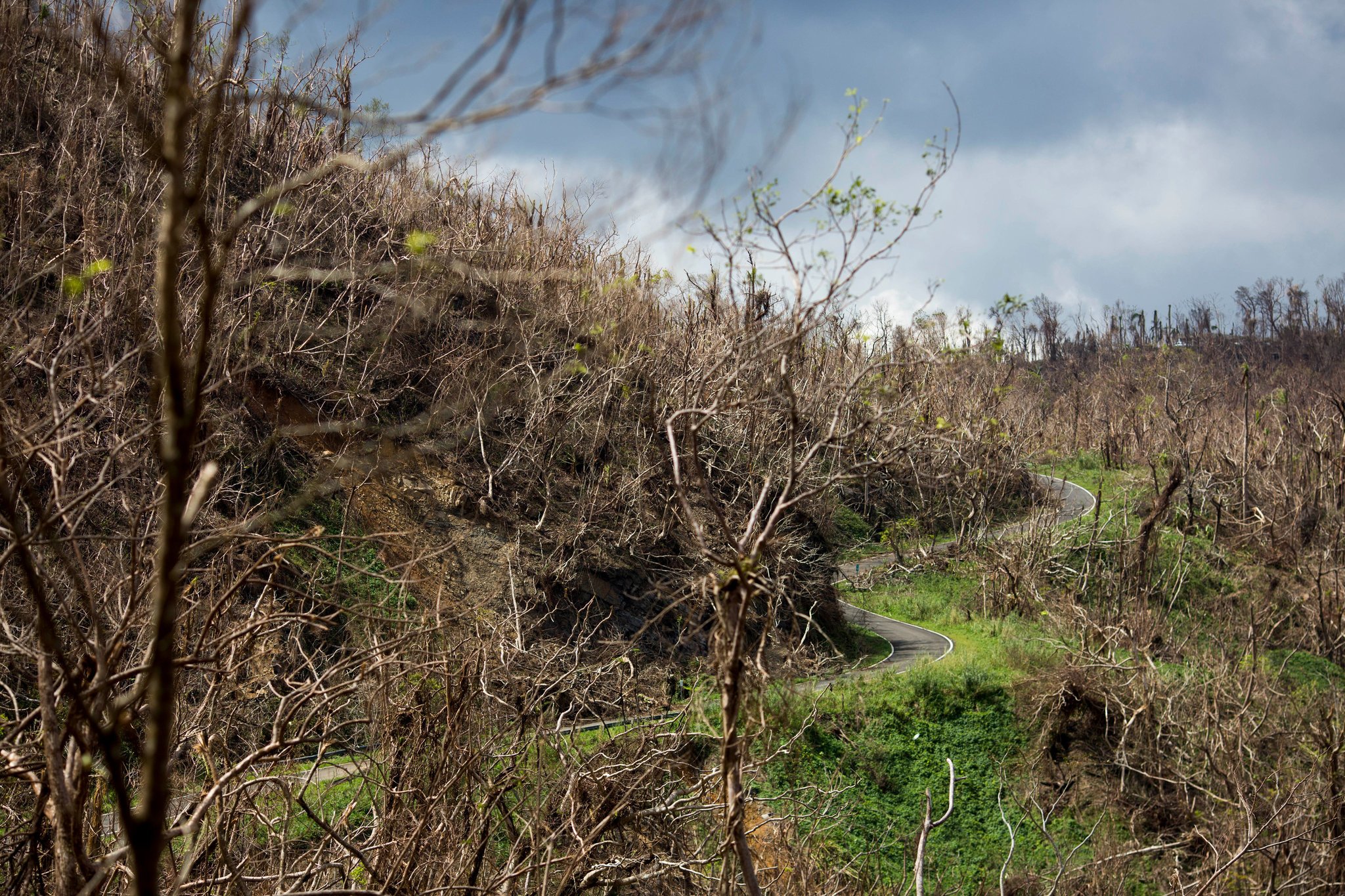
It’s sad to read of the devastation to the El Yunque rainforest. It is a national treasure.
LUQUILLO, P.R. — When you looked up, you could once see nothing but the lush, emerald canopy of tabonuco and sierra palm trees covering El Yunque National Forest.
That was before Hurricane Maria obliterated the only tropical rain forest in the United States forest system. Left behind was a scene so bare that on a recent visit, it was possible to see the concrete skyline of San Juan about 30 miles west — a previously unimaginable sight.
El Yunque, pronounced Jun-kay, has been an enormous source of pride in Puerto Rico and one of the main drivers of the island’s tourism industry. The 28,000-acre forest on the eastern part of the island has over 240 species of trees; 23 of those are found nowhere else. Over 50 bird species live among the forest’s crags and waterfalls.
But sunlight now reaches cavities of the forest that have not felt a ray of light in decades, bringing with it a scorching heat.“Hurricane Maria was like a shock to the system,” said Grizelle González, a project leader at the International Institute of Tropical Forestry, part of United States Department of Agriculture. “The whole forest is completely defoliated.”
Source: Another Victim of Hurricane Maria: Puerto Rico’s Treasured Rainforest – The New York Times

